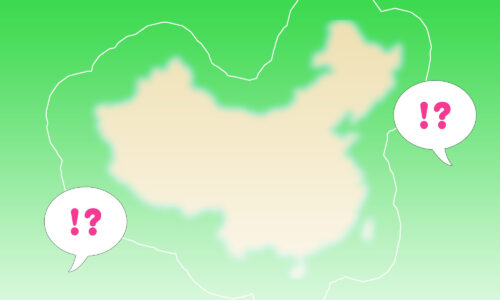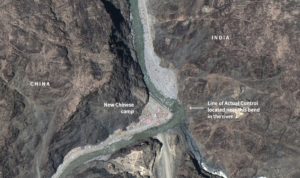Why does China value its largely inhospitable western lands?

This week’s Kuora comes from one of Kaiser’s answers originally posted to Quora on March 20, 2017.
Is China’s western land worth anything?
China may look very large on a map, but a huge portion of its land area is inhospitable, even uninhabitable, let alone agriculturally productive or capable of supporting any kind of urban population. The Xinjiang Autonomous Region (which is the size of Iran, or roughly the size of the U.S. state of Alaska) only supports populations in a string of oases dotting the north and south rims of the Tarim Basin, really. The rest is desert, mountain, or steppe. Tibet is similarly hostile, as is much of the province of Qinghai. There is decent pasturage in parts of all three, and in Xinjiang at least irrigation can support quite a bit of agriculture — grapes, melons, pomegranates, cotton, and other crops that like heat and don’t require too much water — but the elevations we’re talking about on the Tibetan Plateau and the adjoining Yun-Gui Plateau (covering Yunnan, Guizhou, and southern Sichuan provinces as well as much of Guangxi Zhuang Autonomous Region) are also too mountainous for agriculture or large populations.
China, you must remember, has about 20 percent of the world’s population, but only about 7 percent of the world’s arable land. So the fertile North China Plain is super densely populated, as is the Yangzi Delta, the Pearl River Delta in the south, and the Red Basin where Chongqing and Sichuan mainly are.
This is not to say that China’s western lands are not “worth anything.” The headwaters of many of Asia’s most important rivers are in China’s west — many in Tibet, making that territory of vital geo-strategic importance for China, and part of the reason why it hangs onto the region with such tenacity. There is considerable mineral and hydrocarbon wealth in Xinjiang, too. And of course both areas have tremendous value strategically, especially as China prepares to lay out huge connective infrastructure northwest from Xinjiang through Central Asia to Western Asia and to Europe — the “Belt” of the Belt and Road Initiative, Xi Jinping’s signature project — and southwest from Yunnan through Burma to the Bay of Bengal.
See our explainer on the Belt and Road:
Kuora is a weekly column. Image: Jiaohe ruins in Xinjiang; photo by Dominic Galeon






